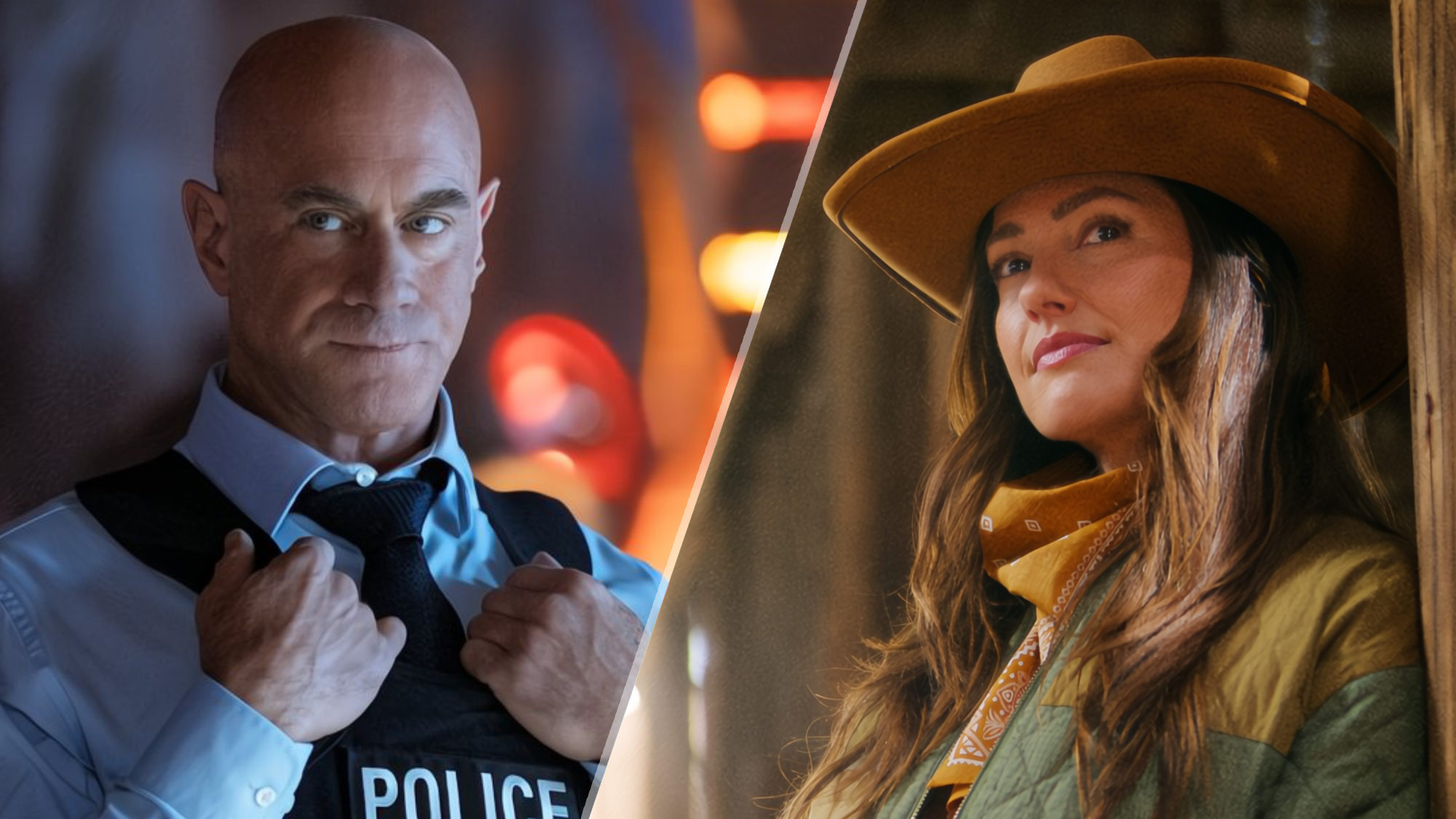Marvel multiverse explained: Everything you need to know before watching Dr. Strange 2
Everything to know about how the MCU is shredding the multiverse apart
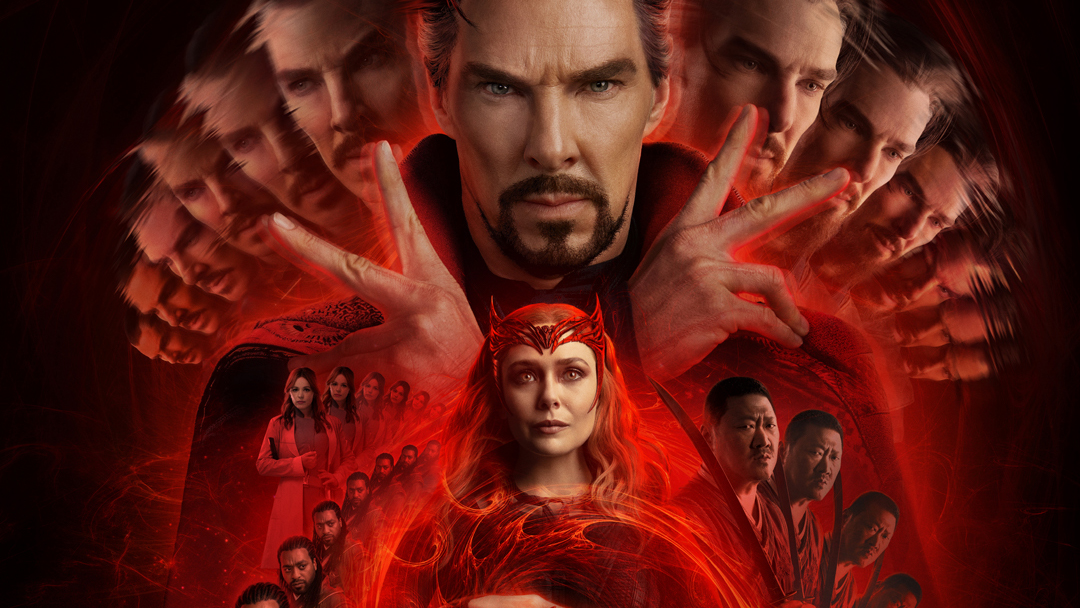
Marvel's multiverse, to quote Zoolander, "is so hot right now." From the ubiquitous MCU and the upcoming Marvel movie Doctor Strange In the Multiverse of Madness to a very good and buzzy indie movie you may have heard about called Everything Everywhere All At Once (and even an upcoming DC movie) you can't throw a stone in pop culture these days without hearing about the multiverse.
It's almost like everyone either knew it was going to be Marvel's next big thing and decided to horn in on it, or this is all just a very big coincidence. Sure, we've had moments where similar movies release around the same time — A Bug's Life and Antz, famously — but since when does a concept become hard to ignore?
- Catch up on the MCU by subscribing to Disney Plus
Fortunately, the multiverse has been living rent-free in my brain these days, so I thought I should explain it and how Marvel's handling it so far.
But before we go forward, expect minor spoilers for the aforementioned movies, and the Loki Disney Plus show. Oh, and to get it out the way: we're skipping over the animated Spider-Verse movies and Morbius, since they're more Sony movies than Marvel movies, and don't seem exactly relevant.
What is the Multiverse?
Before we dive into Marvel's take on the Multiverse, let's contextualize it on the overall idea. The multiverse theory is actually rooted in something called the Many-Worlds Interpretation of Quantum Mechanics. In short, "there are many worlds which exist in parallel at the same space and time as our own."
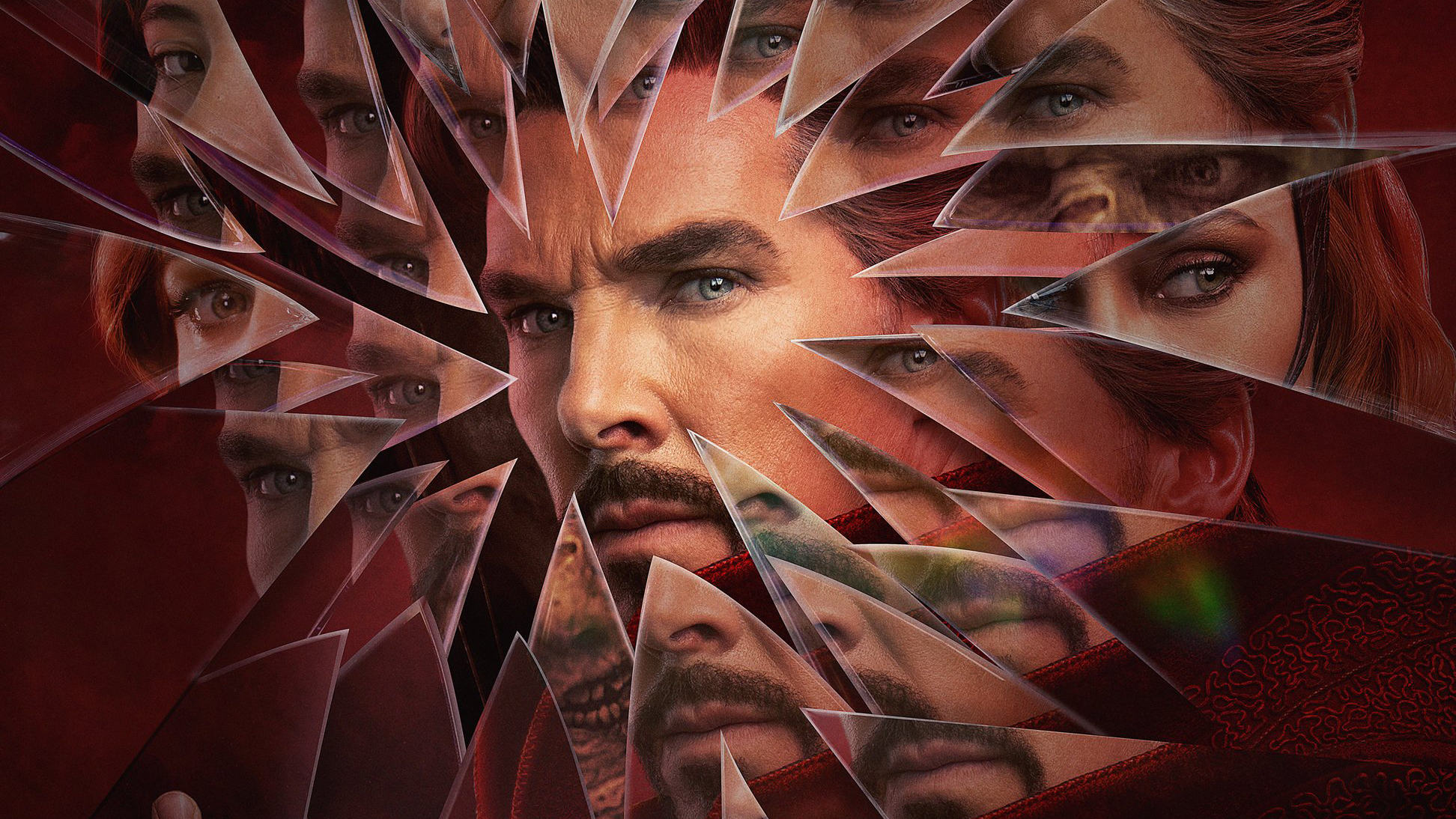
Or, to put it another way, think about life in a major metropolitan area, such as New York City. When you walk down a crowded avenue, you could potentially see someone who looks similar to yourself had you made different decisions. What if those versions of you actually existed. And that they're all existing right now.
For example, I'm currently writing this blog post from my desk inside my apartment, and nobody else is home. In another world inside the multiverse, there could be a version of me writing this that has a whole family of his own buzzing about in the background. There could be a version of me that is entirely the same, but instead of being Henry T. Casey, I'm a woman named Henrietta T. Casey. And so on, and so forth.
Sign up to get the BEST of Tom's Guide direct to your inbox.
Get instant access to breaking news, the hottest reviews, great deals and helpful tips.
So, how does that apply to the MCU?
Marvel's multiverse in Avengers: Infinity War and Endgame
While the MCU first referenced the "multiverse" as a lie — Quentin Beck (Mysterio) told Spider-Man that he came to our Earth from another reality in Spider-Man: Far From Home — Doctor Strange kinda broached the subject after that.
At the end of Avengers: Infinity War, Strange told Tony Stark that he had "viewed" over 14 million (14,000,605, to be precise) possible futures. And only in one of those outcomes did the Avengers stop Thanos and reversed the genocidal "snap" that "blipped" half of existence away.
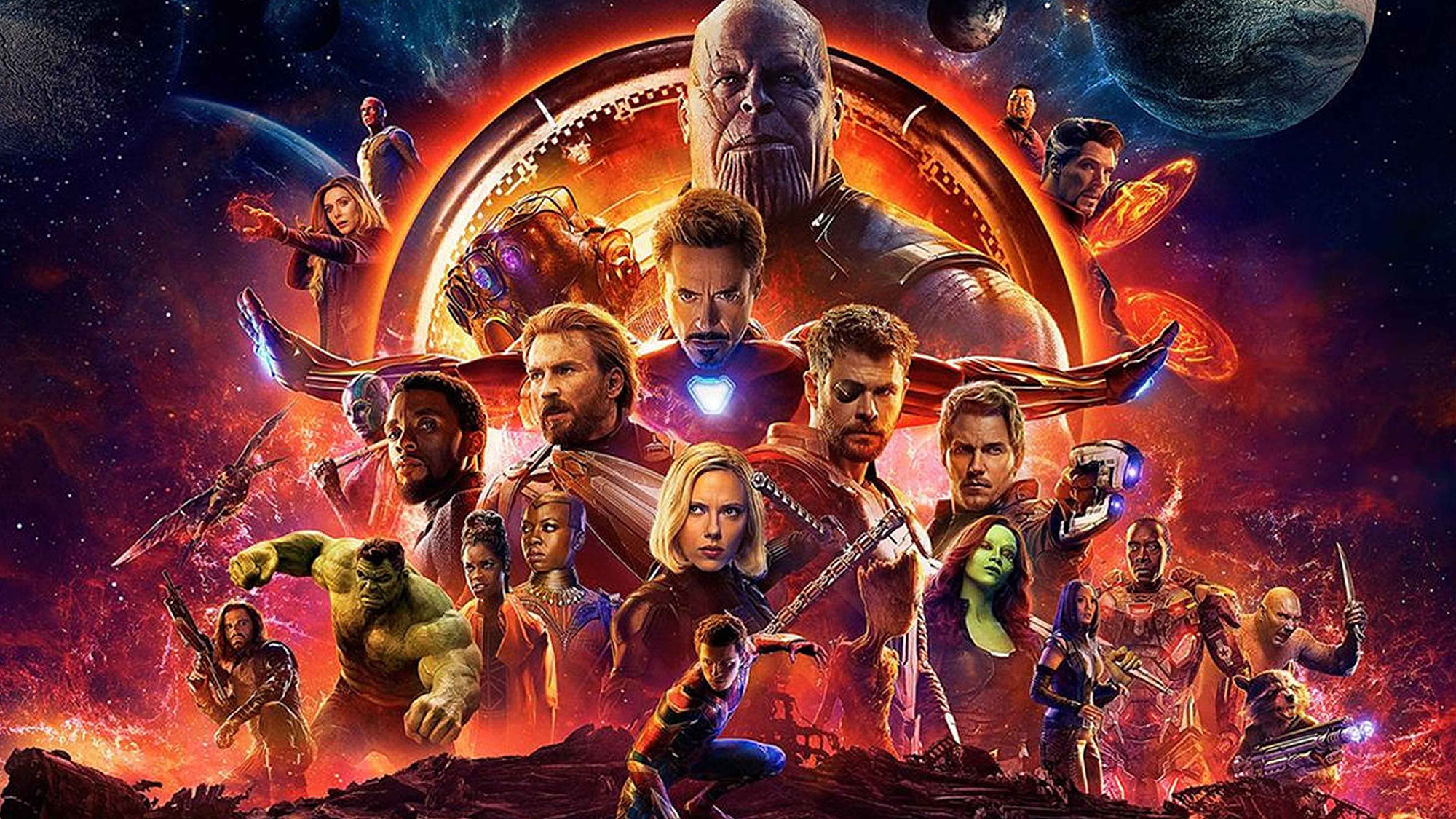
In those moments, where Strange thumbed through a rolodex of outcomes, we got our first sign of the multiverse to come. How could there be that many futures? Well, because every decision that the Avengers made could create an alternate reality. What If...? Star-Lord Peter Quill didn't ruin the Avengers' first shot at Thanos, and so on and so forth. Strange didn't outright say "multiverse" during this conversation, because they were saving it for Phase 4 of the MCU, but it was clear what was going on.
And then, in Avengers: Endgame, they played with time travel with the Time Heist to get the Infinity Stones. But because they knew that changing history is dangerous and could create alternate outcomes, Steve Rogers did his best to clean up after them at the end of it all (while still giving himself a wholesome and happy ending with Peggy Carter).
Marvel's multiverse in short: The MCU isn't one strict linear series of heroic events, and many outcomes are possible.
Marvel's multiverse in WandaVision and Loki
At the very end of WandaVision's post-credits scene, we saw Wanda in full Scarlet Witch regalia, floating in mid-air and paging through the powerful tome known as the Darkhold. We also heard the voices of her sons Billy and Tommy (who weren't exactly real) crying out for her. It appeared Wanda is looking for the boys across the multiverse. Then, you've got the standalone Loki series, which is basically the multiverse 101. Except this show talked more about the ever-branching timeline and variants. You know how the Avengers had their fun in Endgame with the Time Heist?
Well, one small accident — allowing Loki to jump out of a moment that originally took place at the end of the first Avengers movie — created a Loki variant, a different version of Loki. One that was upset to be told he was, basically, non-canonical. But that's the only way the Loki show could even happen, because we all saw Loki die at Thanos' hand in Avengers: Endgame.
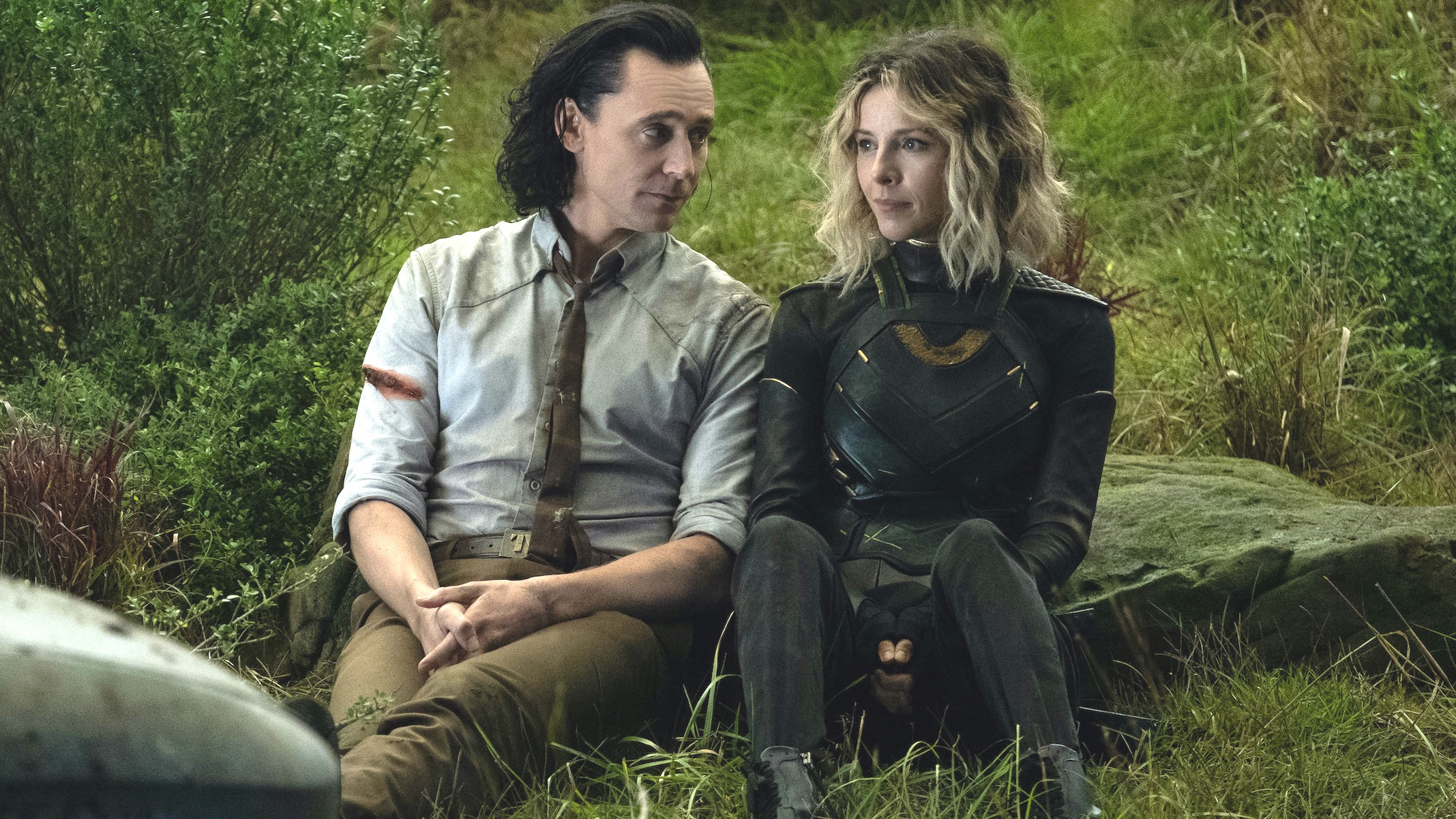
And, throughout the Loki show we learned that variants are very much a thing, and not unique to this one Loki. There was a female Loki named Sylvie, a kid Loki, a big bad boastful Loki, an old Loki played by Richard E. Grant (which looked like Loki from the OG comics) and even an adorable alligator Loki. They're all Loki on the inside — vain, angry and jealous of Thor — but they differed in their many ways. One even killed Thor.
The Loki show's other big contribution to multiverse theory came when the main Loki variant and Sylvie met He Who Remains, who some saw as the Marvel comics character Kang the Conqueror. HWR lived in a hidden castle and claimed he was protecting the sacred timeline just as much as anyone else, and also explained how he found a series of universes that were running in parallel — the multiverse! — as if they were cards stacked on top of each other.
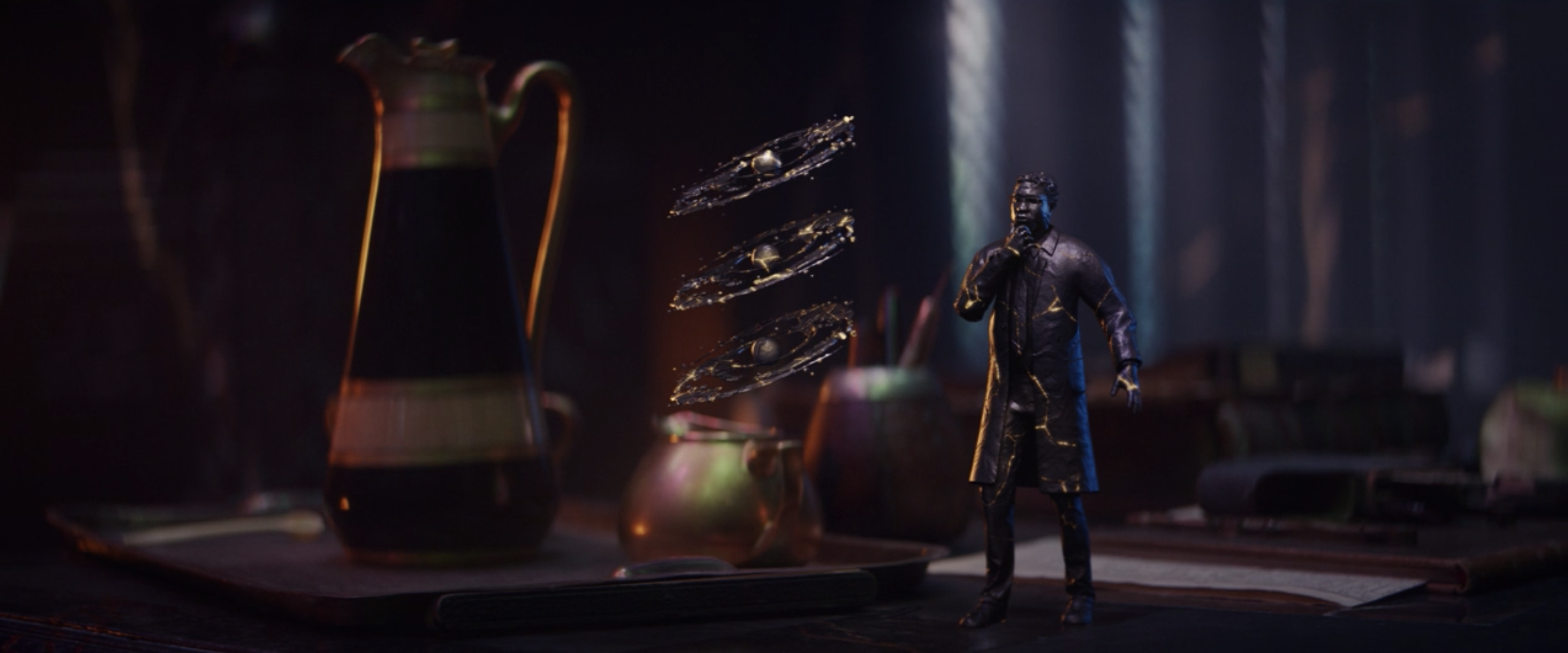
He even offered our anti-heroes the ability to control their own narratives as they pleased. Unfortunately, Sylvie said "no," killed He Who Remains and shattered the sacred timeline.
This, dear reader, is probably a huge deal for the MCU, but we've yet to see its direct effects.
Marvel's multiverse in short: There are different versions of us all, and they're called variants. Oh, and the sacred timeline got shattered, which should mean bad things.
Marvel's multiverse in Spider-Man: No Way Home
And then, faster than you can say "Hello Peter," the multiverse got very fun and fan-servicey for the Spider-Man movies. Spider-Man: No Way Home saw Peter Parker beg Doctor Strange to change some things around, and that wound up opening up some doors in the multiverse.
The clearest explanation of how wrong things got happened when Doctor Strange, Peter Parker (as played by Tom Holland) and Doc Ock (Alfred Molina) were in the same room. There, Strange talked Doc Ock into explaining that while he knew Spider-Man's secret identity is Peter Parker, and that the Peter Parker he knew looked nothing like Tom Holland.
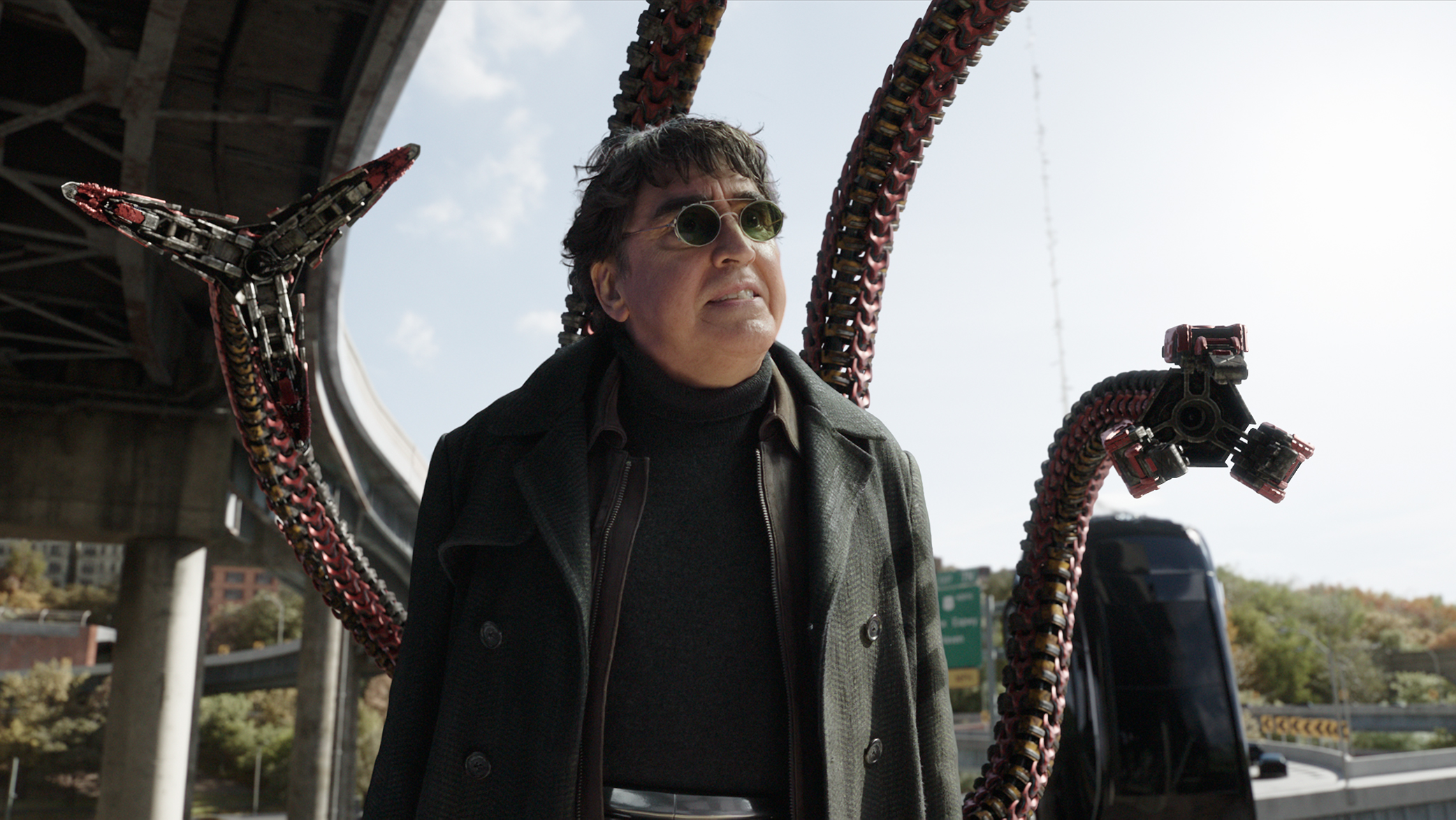
Strange's spell, you see, broke the walls of the multiverse for everyone who knew Spider-Man's secret identity. More and more of these people traipsed their way into the current MCU for the rest of the film. And it threatened existence as we know it.
Eventually, a giant rift is open and we can see white silhouettes of all these potential multiverse-crossers in the sky. Crisis is eventually averted, though, and we see Eddie Brock and the Venom symbiote sent back to its own section of the multiverse. Except a spoonful of the black goo stuck around, and who knows what trouble it will cause.
Marvel's multiverse in short: Don't open the gates between universes up too much
The multiverse in Doctor Strange 2
But, judging by the trailers for Doctor Strange In the Multiverse of Madness, it seems that the good Doctor is being held accountable for these time crimes of his. Sure, he just wanted to help these local teens, but he probably went too far.
And, in the Dr. Strange 2 Super Bowl trailer, we got a little glimpse of how much chaos Stephen Strange caused, as it looked like Professor Charles Xavier — the X-Man himself — has found his way to the MCU.
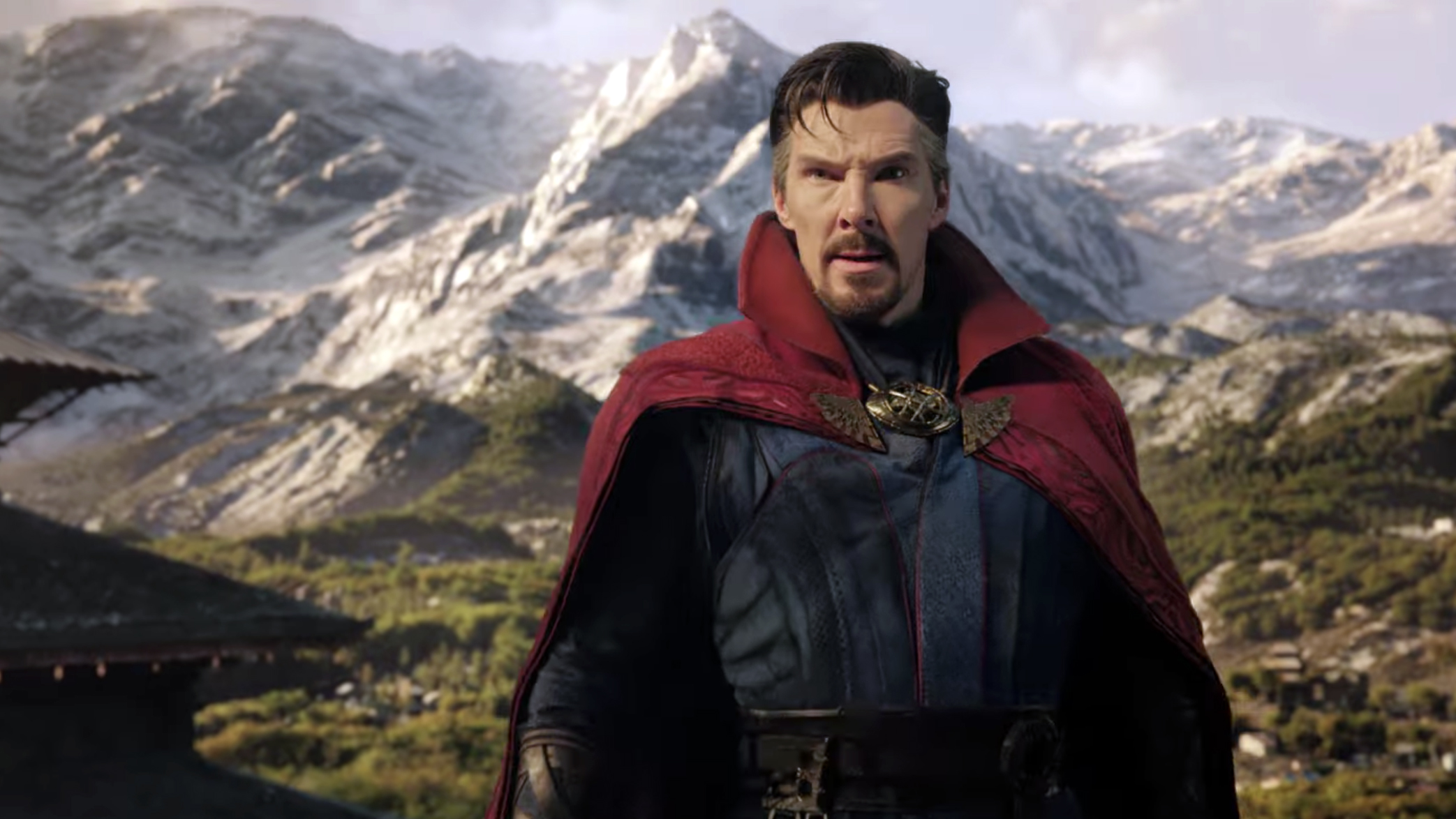
Was Xavier always there? Or did Strange's actions cause the universe only seen in the Fox Marvel movies to merge into the Disney Plus MCU movies? Or, was Xavier's arrival a result of Sylvie's actions in He Who Remains' castle?
Hopefully, these and more multiverse questions will be answered in Doctor Strange 2, because how do you go into the multiverse without gaining a better understanding of it?

Henry is a managing editor at Tom’s Guide covering streaming media, laptops and all things Apple, reviewing devices and services for the past seven years. Prior to joining Tom's Guide, he reviewed software and hardware for TechRadar Pro, and interviewed artists for Patek Philippe International Magazine. He's also covered the wild world of professional wrestling for Cageside Seats, interviewing athletes and other industry veterans.
